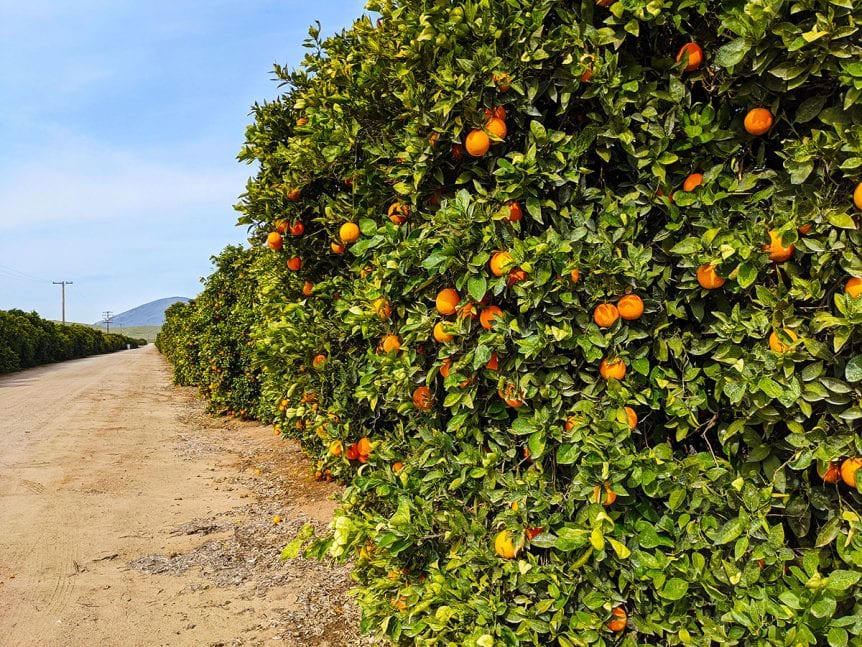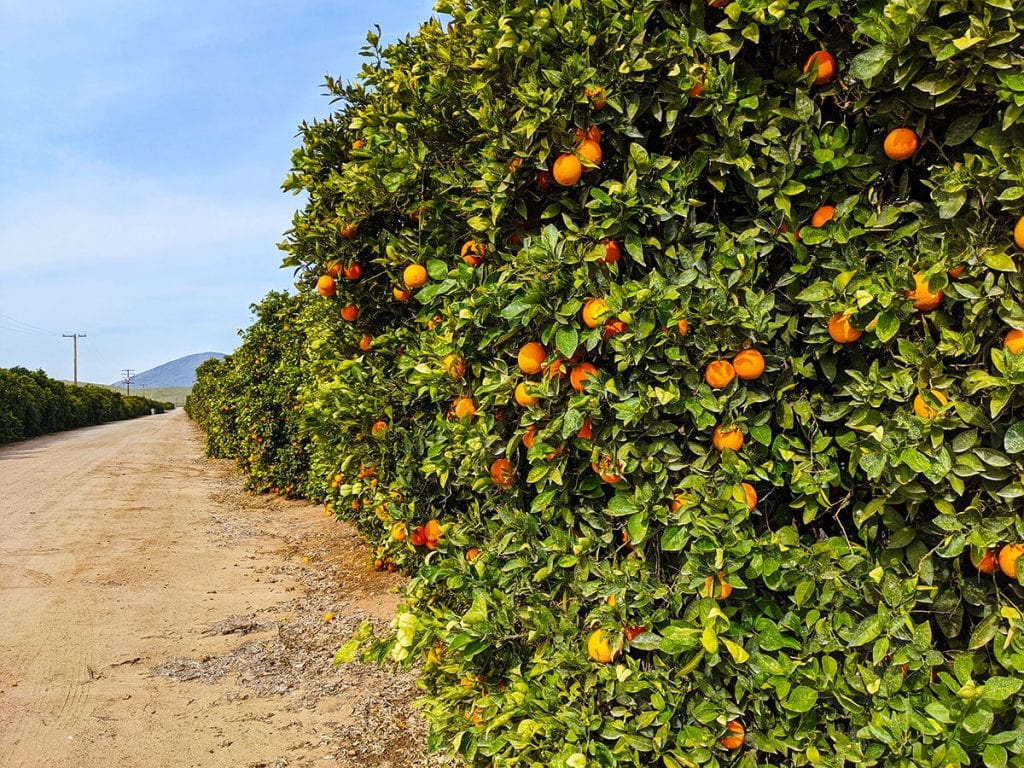State and federal officials are collaborating in the development of a regulatory response to the new citrus disease in California. Citrus yellow vein clearing virus (CYVCV) was identified in the city of Tulare back in March. The discovery is the first instance of the disease in the U.S. The California Department of Food and Agriculture (CDFA) and the U.S. Department of Agriculture (USDA) have been coordinating efforts since it was first discovered.
Director of the Citrus Pest and Disease Prevention Division of CDFA, Victoria Hornbaker said there have not been any positive finds in commercial groves. However, over 550 positive trees have been identified in the city of Tulare. The triple-digit heat slowed surveying efforts, as symptom expression of the disease can be temperature dependent. CDFA and USDA agreed to resume surveying after at least a week of temperatures below 100 degrees.
“We’ve surveyed the core, that core lays over the city of Tulare,” Hornbaker explained. “Our next step is going to be doing some expansion of that delimitation to areas outside the city of Tulare. We really want to determine what is the extent of this infestation. Is it really focused on the city of Tulare? Is it expanded outside the city of Tulare?”
WORKING TO STAY AHEAD OF ANY POTENTIAL SPREAD
State legislators have requested $2.5 million in emergency funding to help address this new citrus disease in California. While CYVCV does not usually kill a tree, it can have severe impacts on yield and quality. Officials are working to better understand transmissibility to hopefully get ahead of any potential spread of the virus. “Three species of aphids and citrus whitefly are all anecdotally known in other parts of the world to spread this virus. So, we’re working very closely with growers, so they understand and are keeping treatments on to prevent populations building of aphids or whiteflies,” said Hornbaker.
Fortunately, the limited survey work in residential areas of Kings and Fresno counties has been negative for the virus. Commercial surveys in Tulare and Fresno counties have also not produced any positive results from PCR analysis. As CYVCV is a new citrus disease for officials to address, there is still quite a bit that is unknown about its potential impact.
“We’re working with USDA to help fill those gaps and also the results of this delimitation survey will go a long way in helping USDA and CDFA work together to come up with a regulatory response,” Hornbaker noted. “We’ll continue to have meetings with industry to inform them on advances, changes in techniques, or implementation of the regulatory response once that’s confirmed.”











